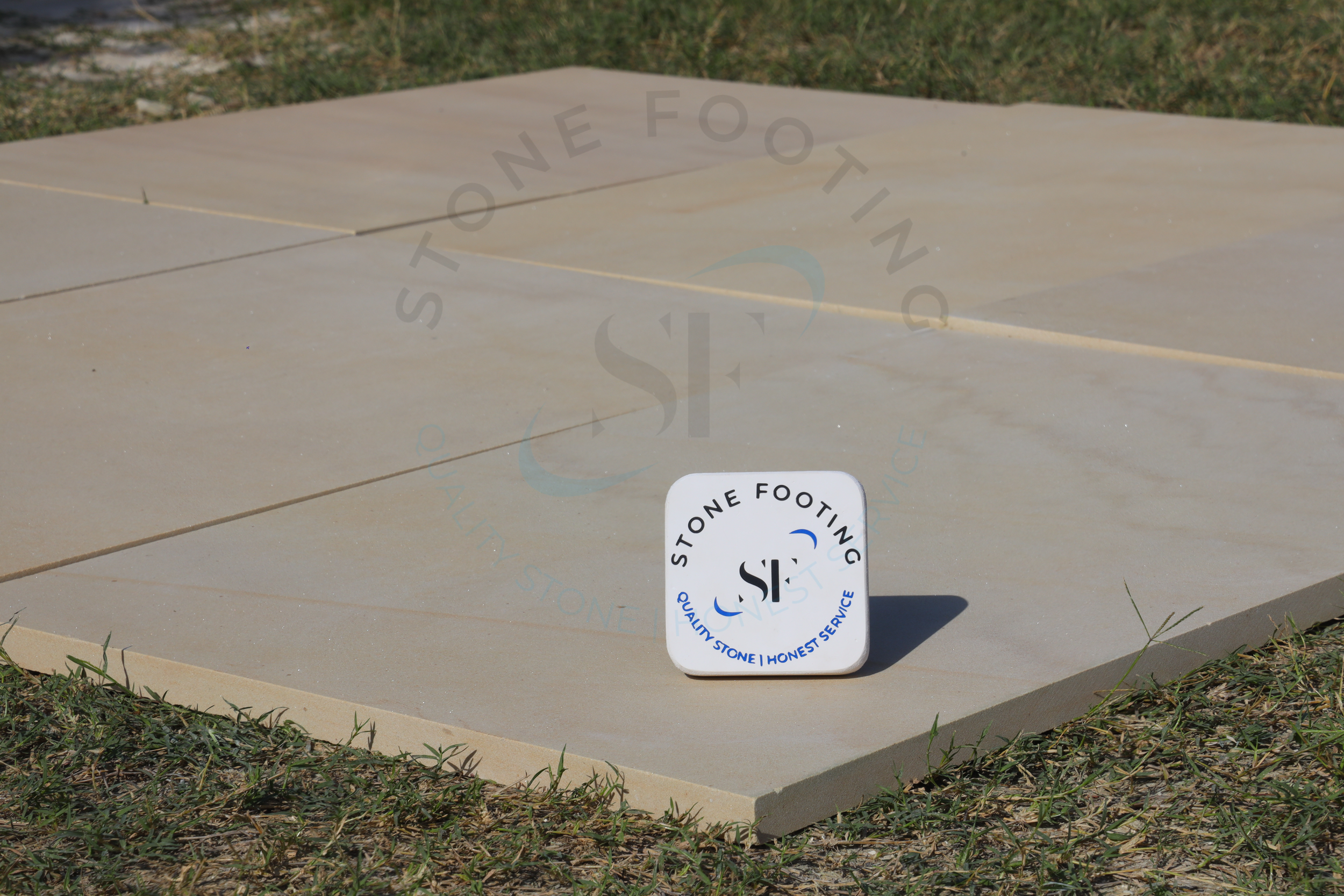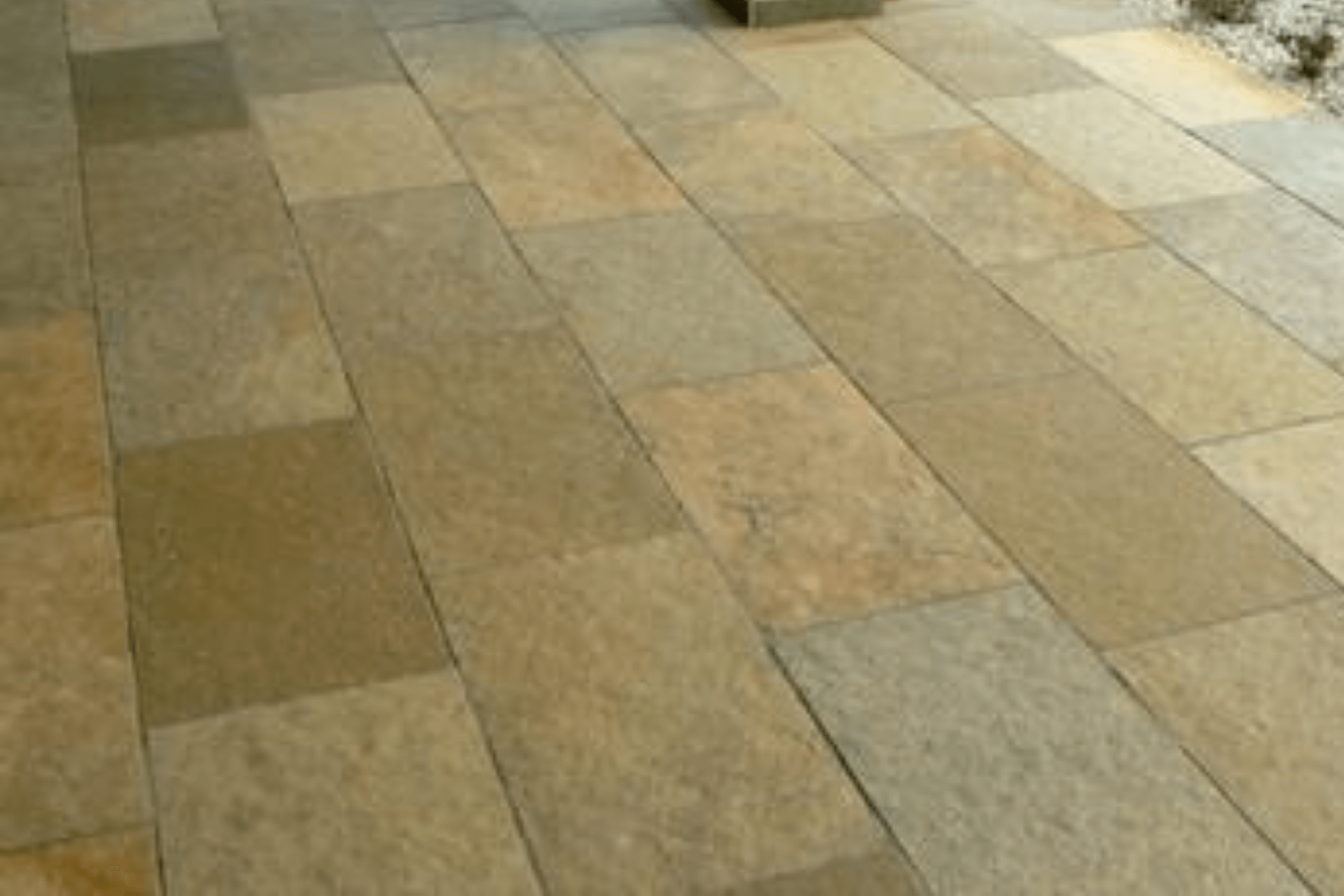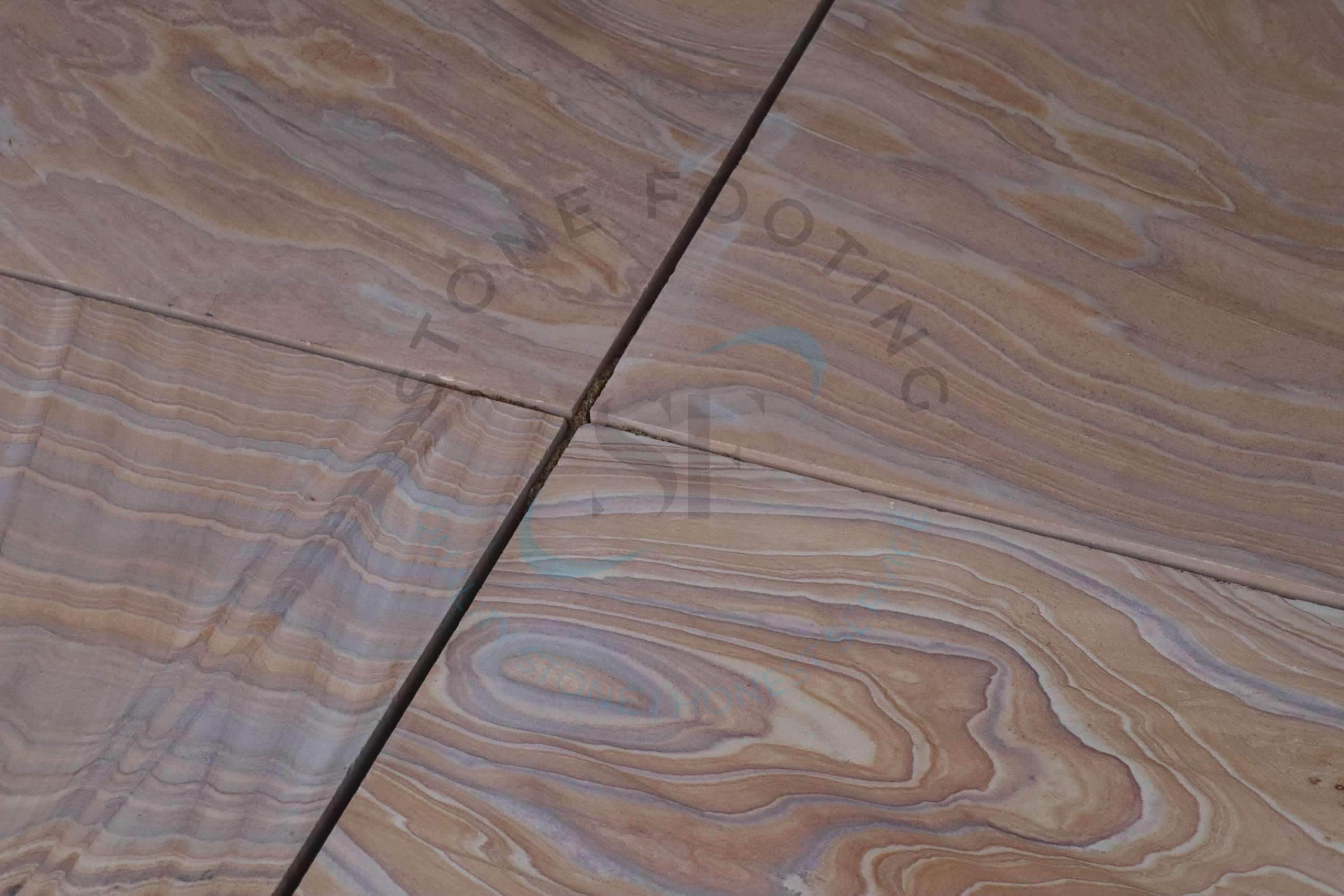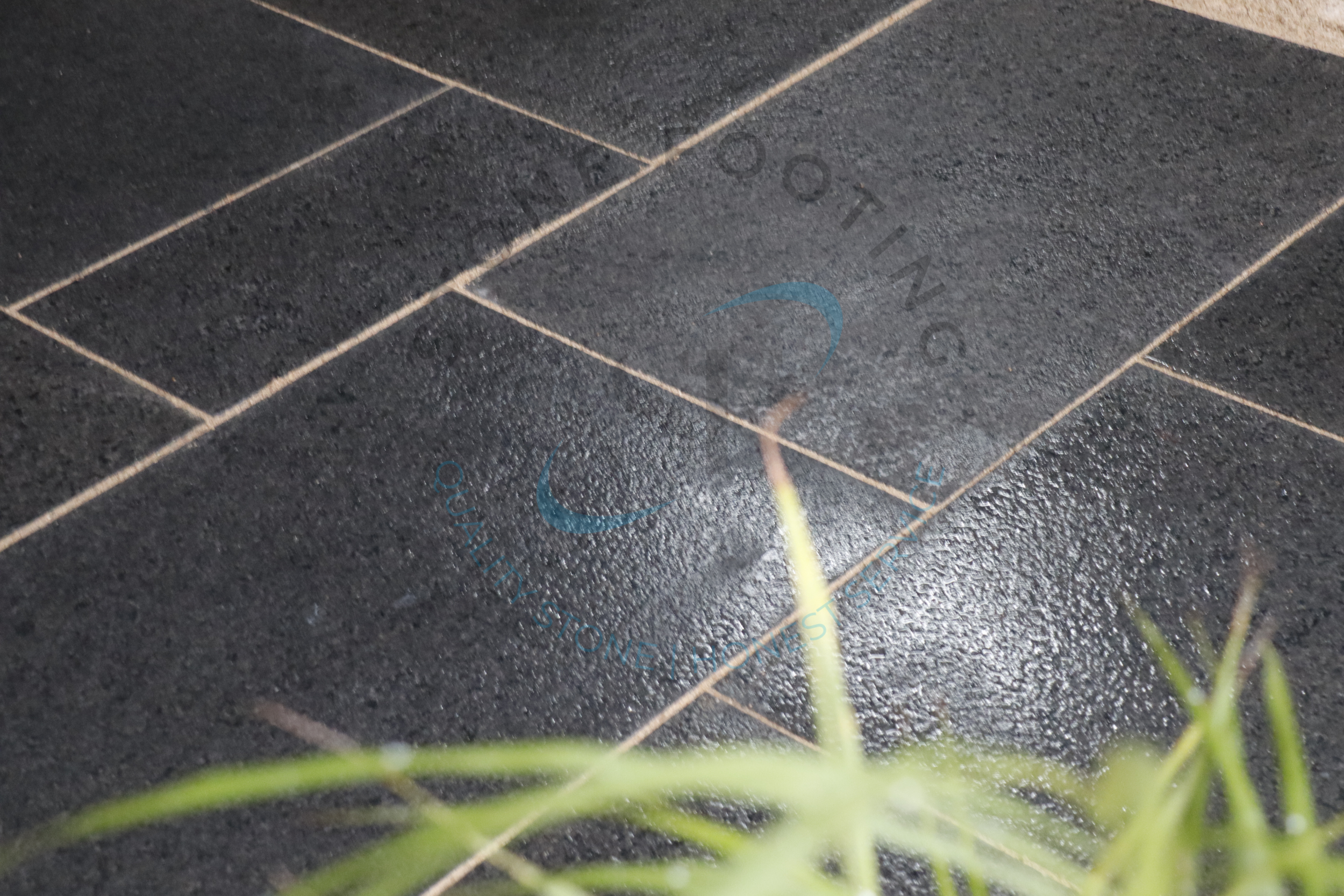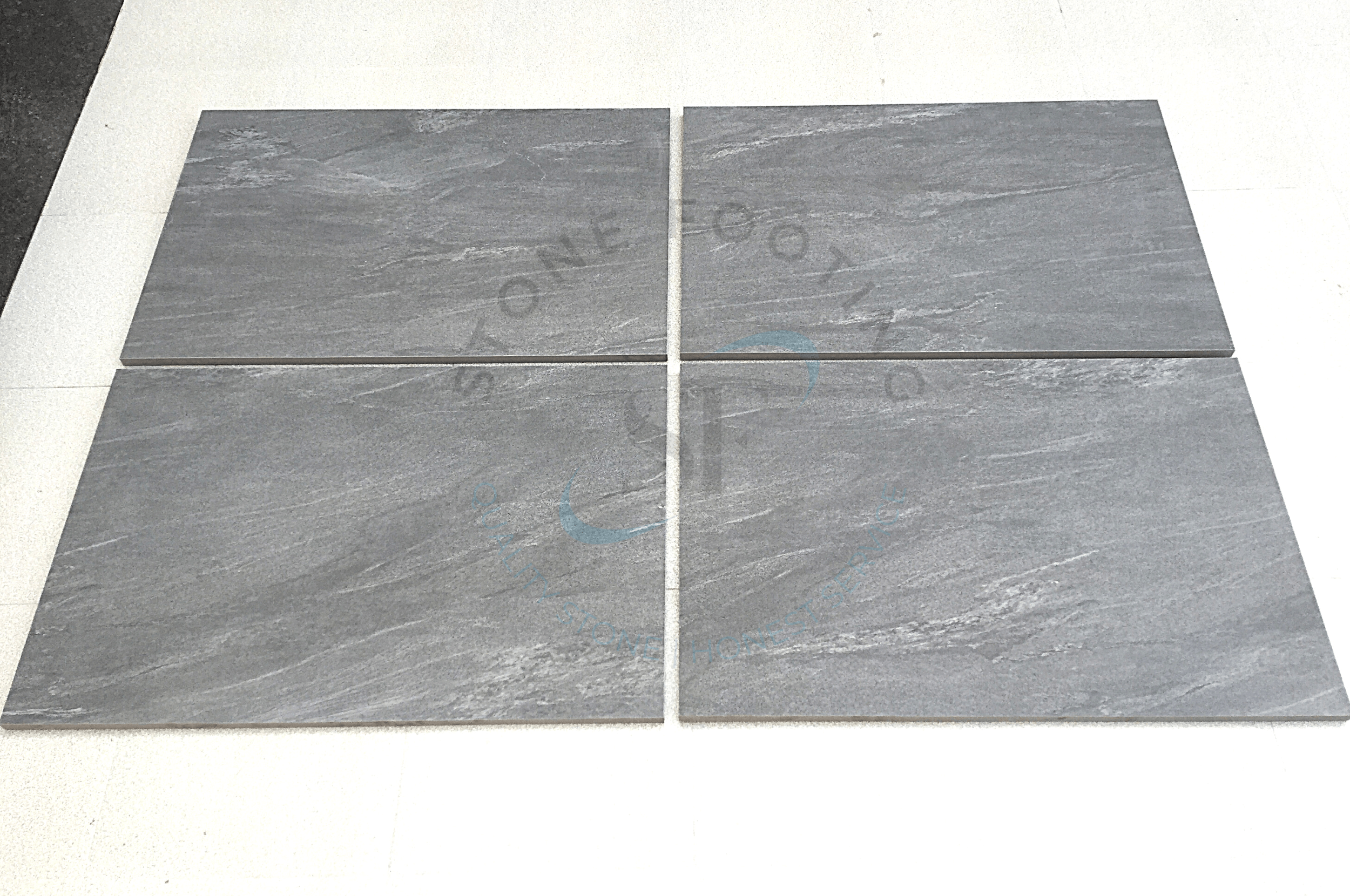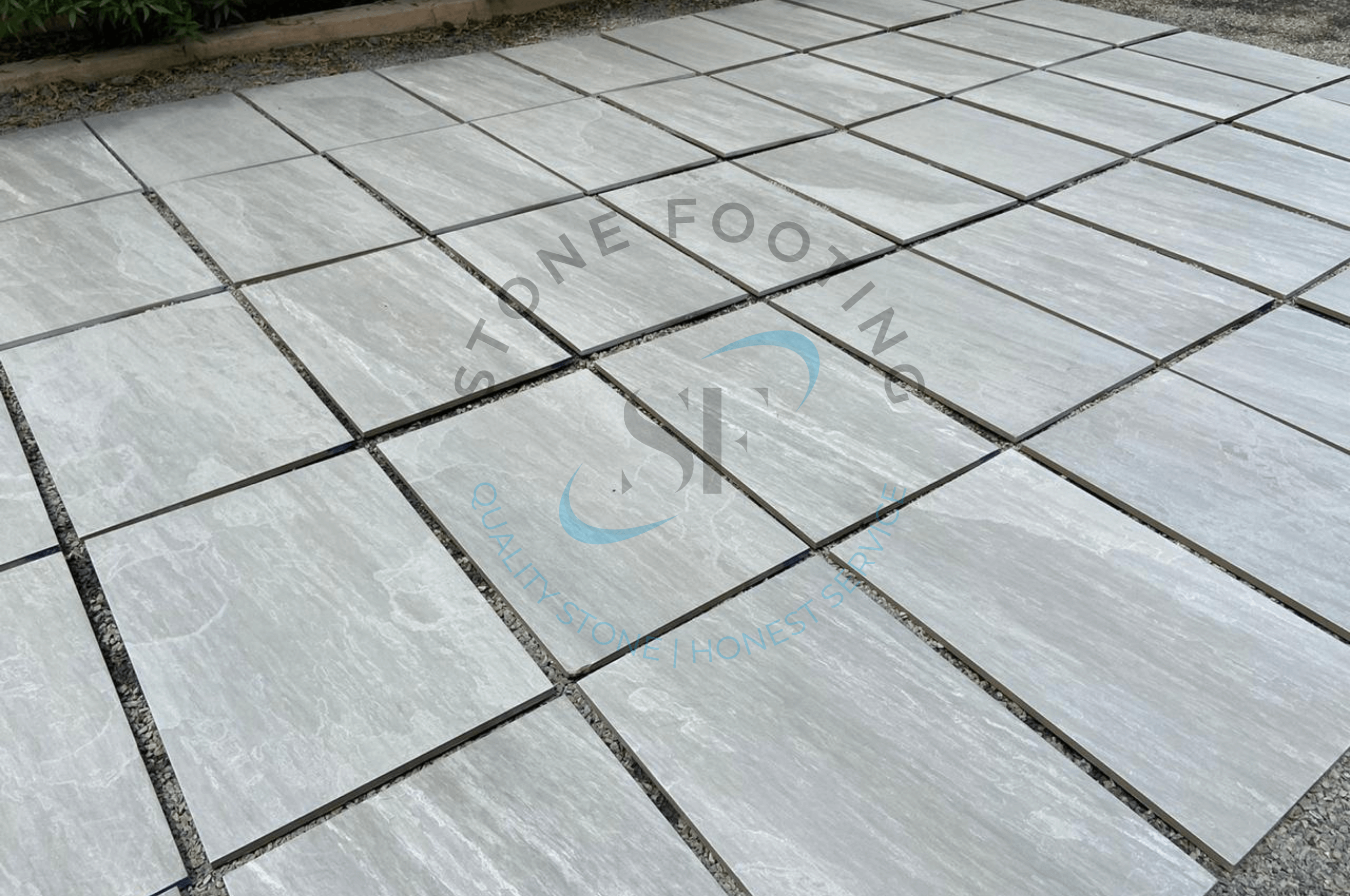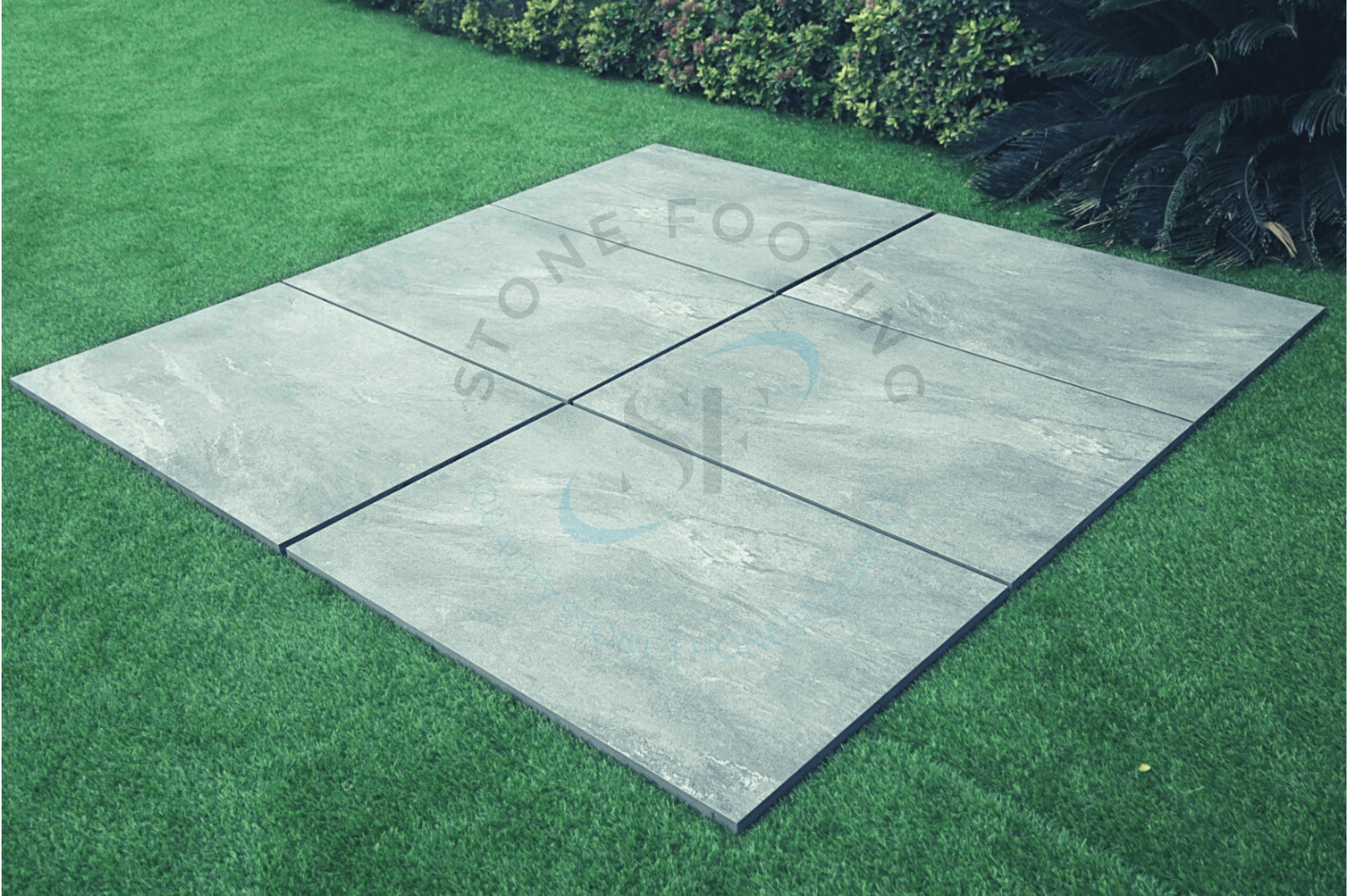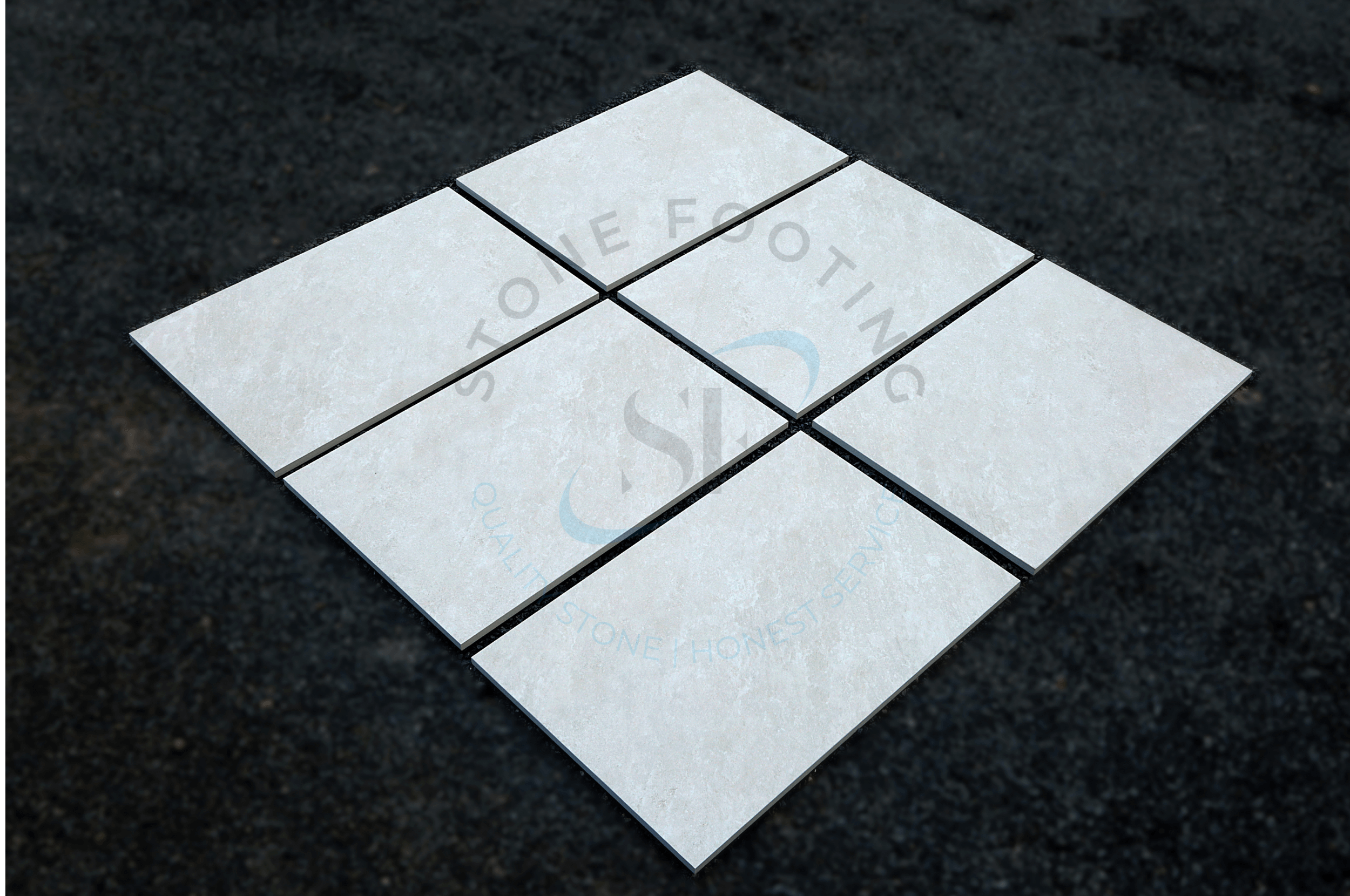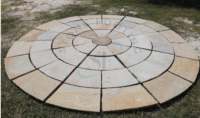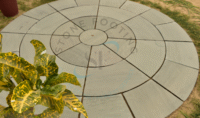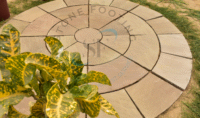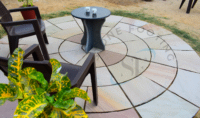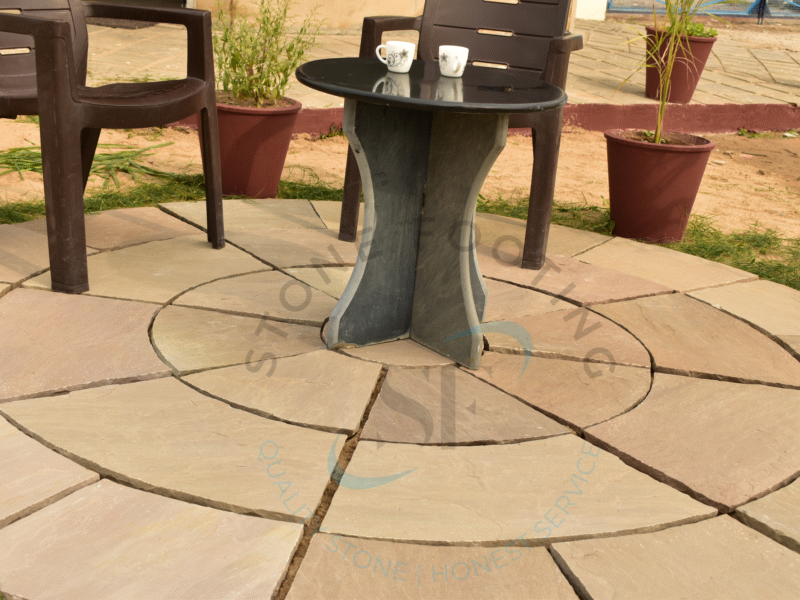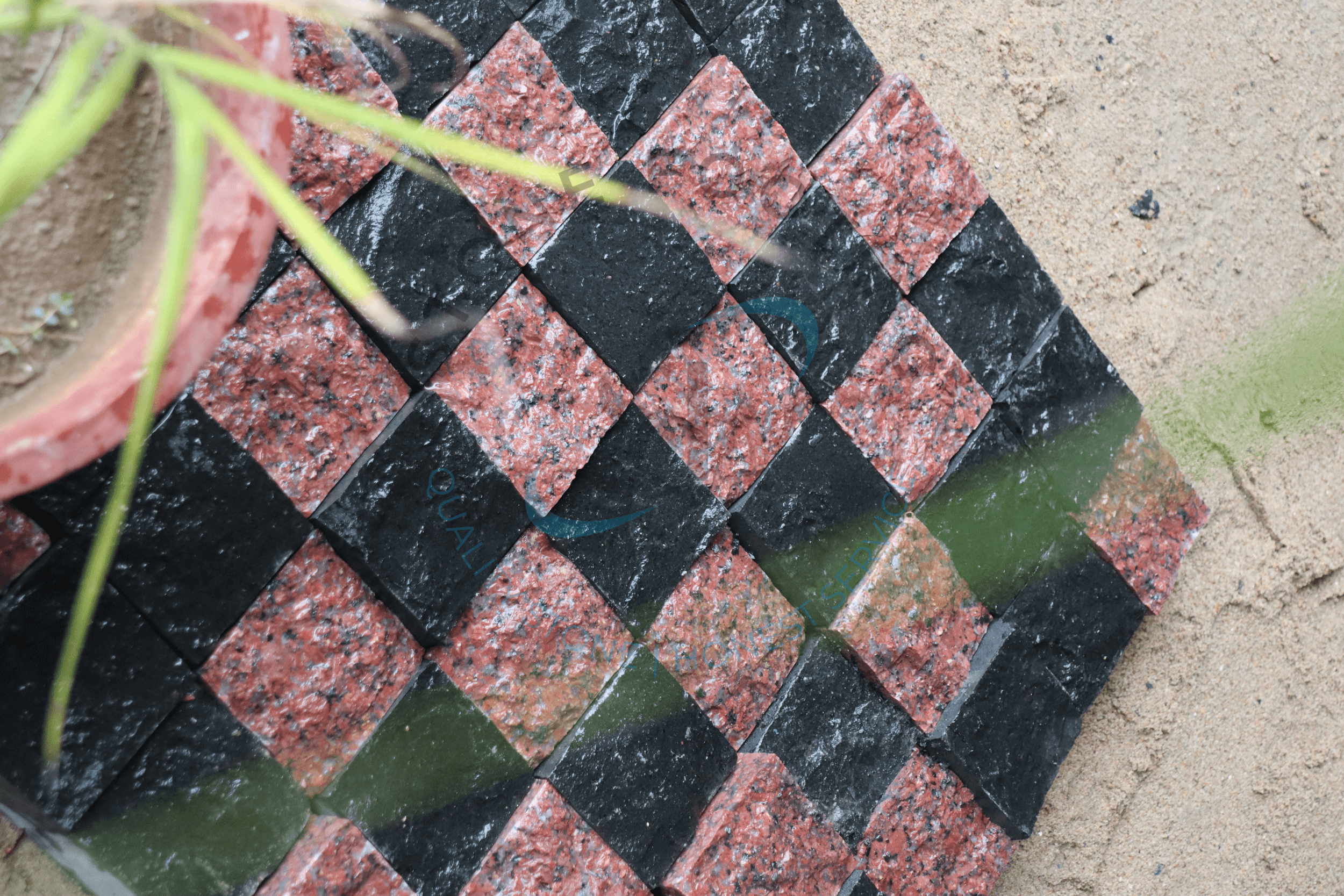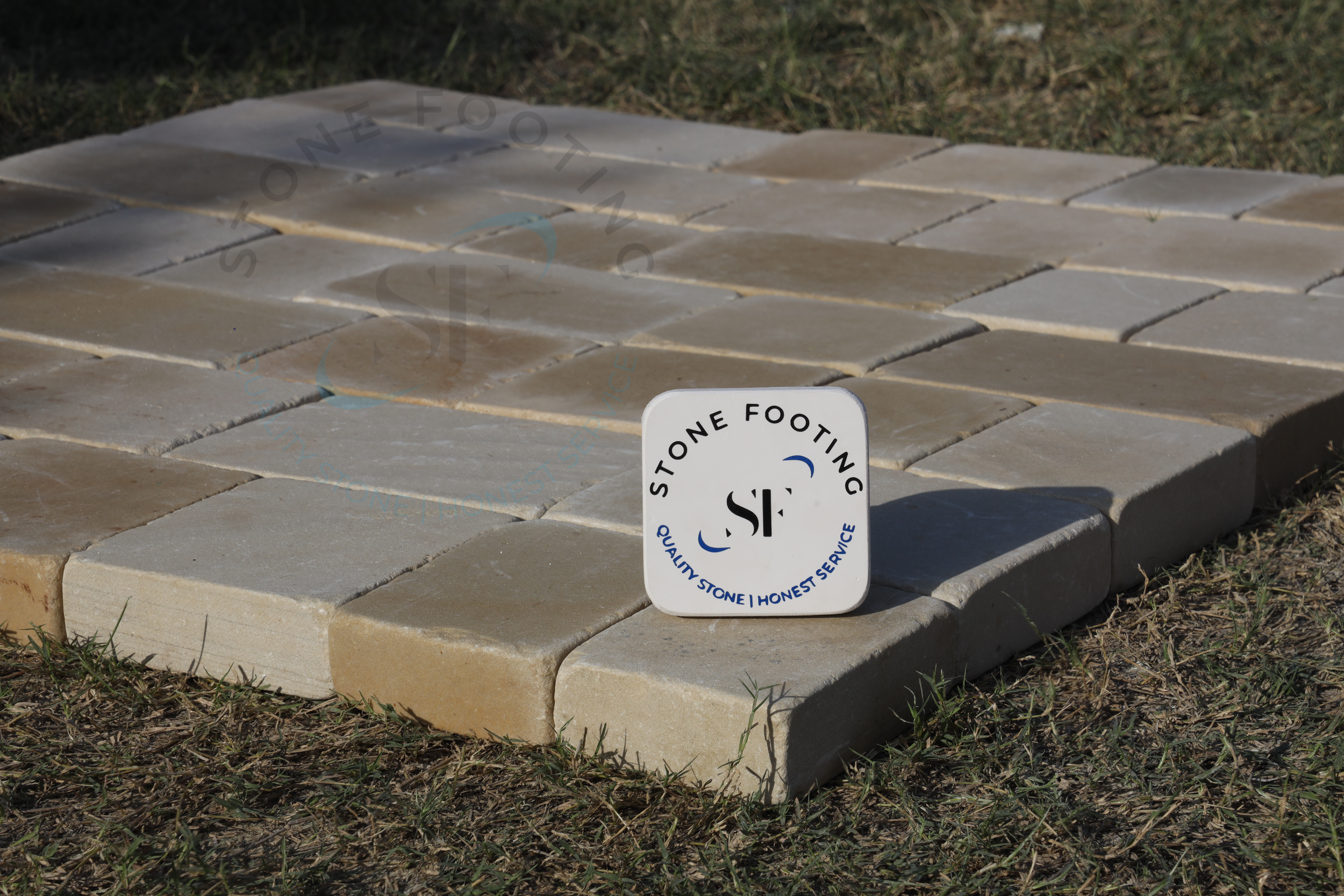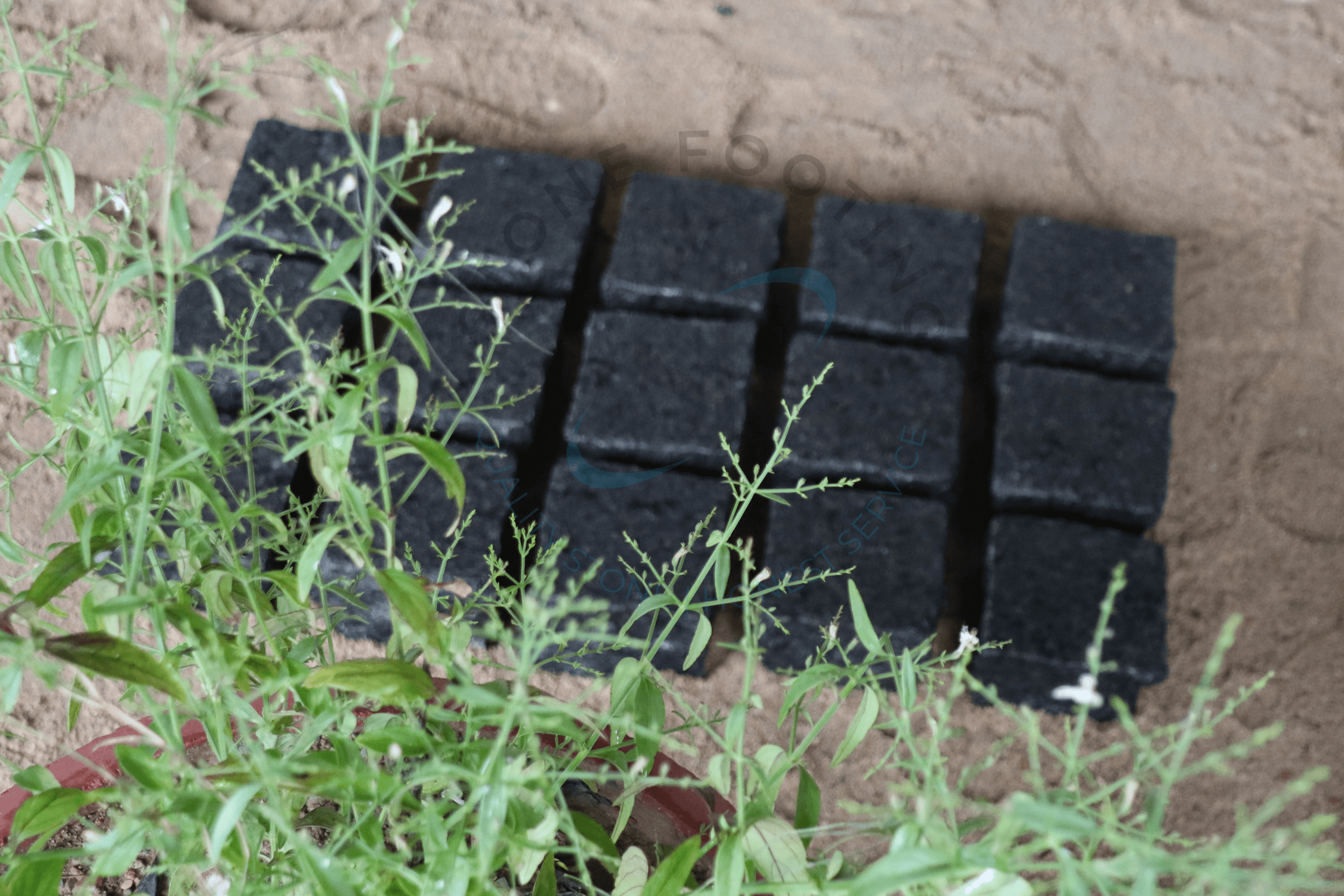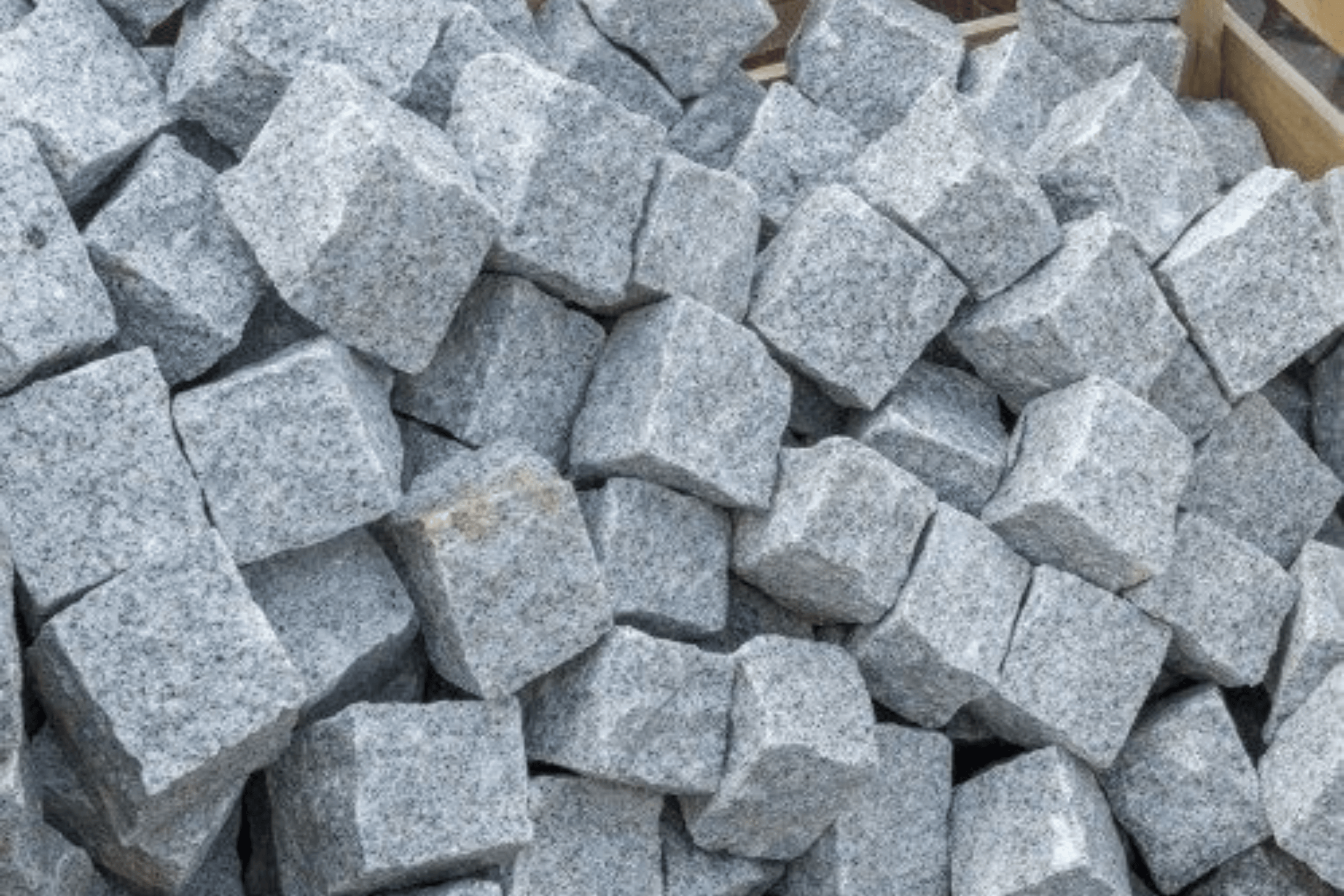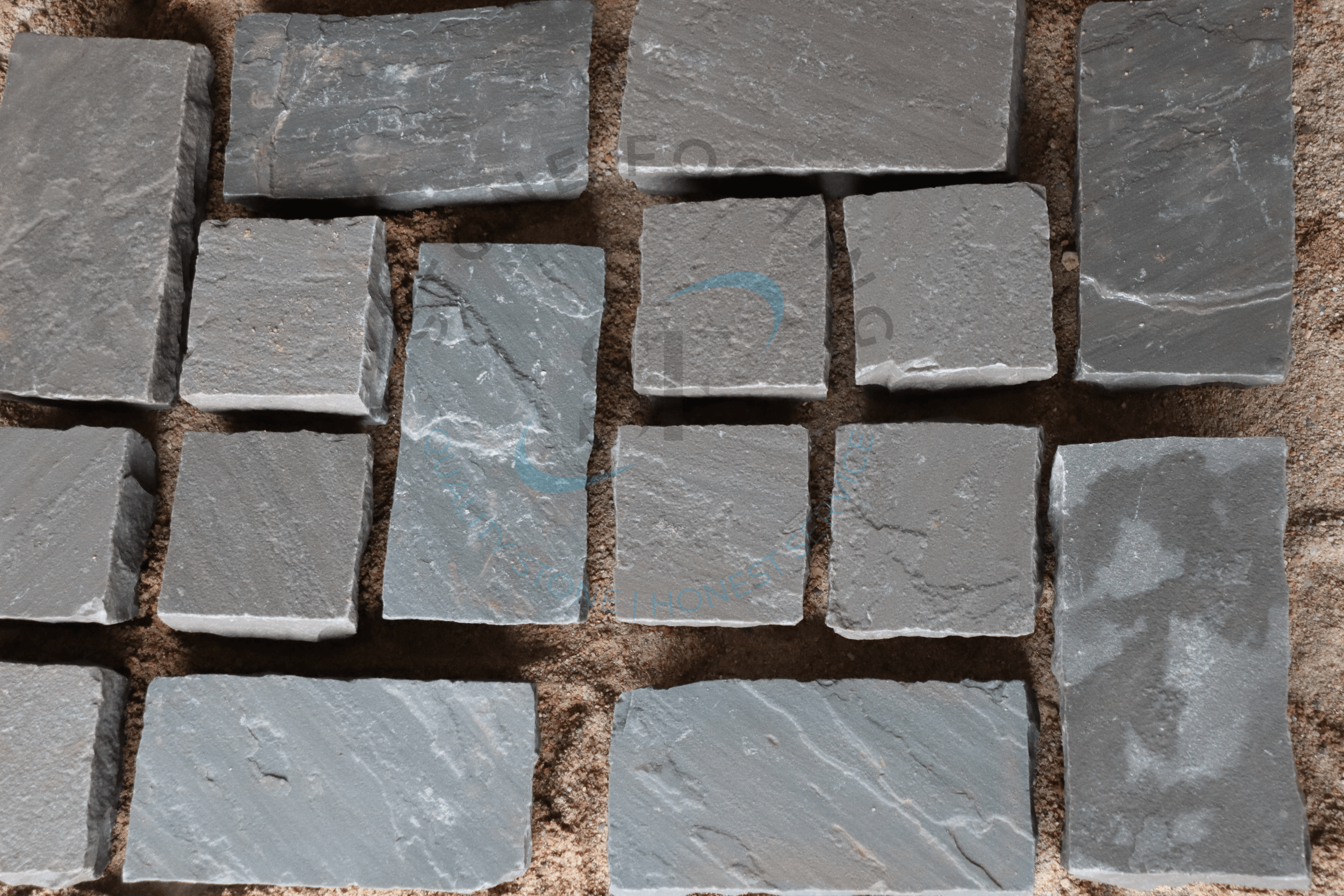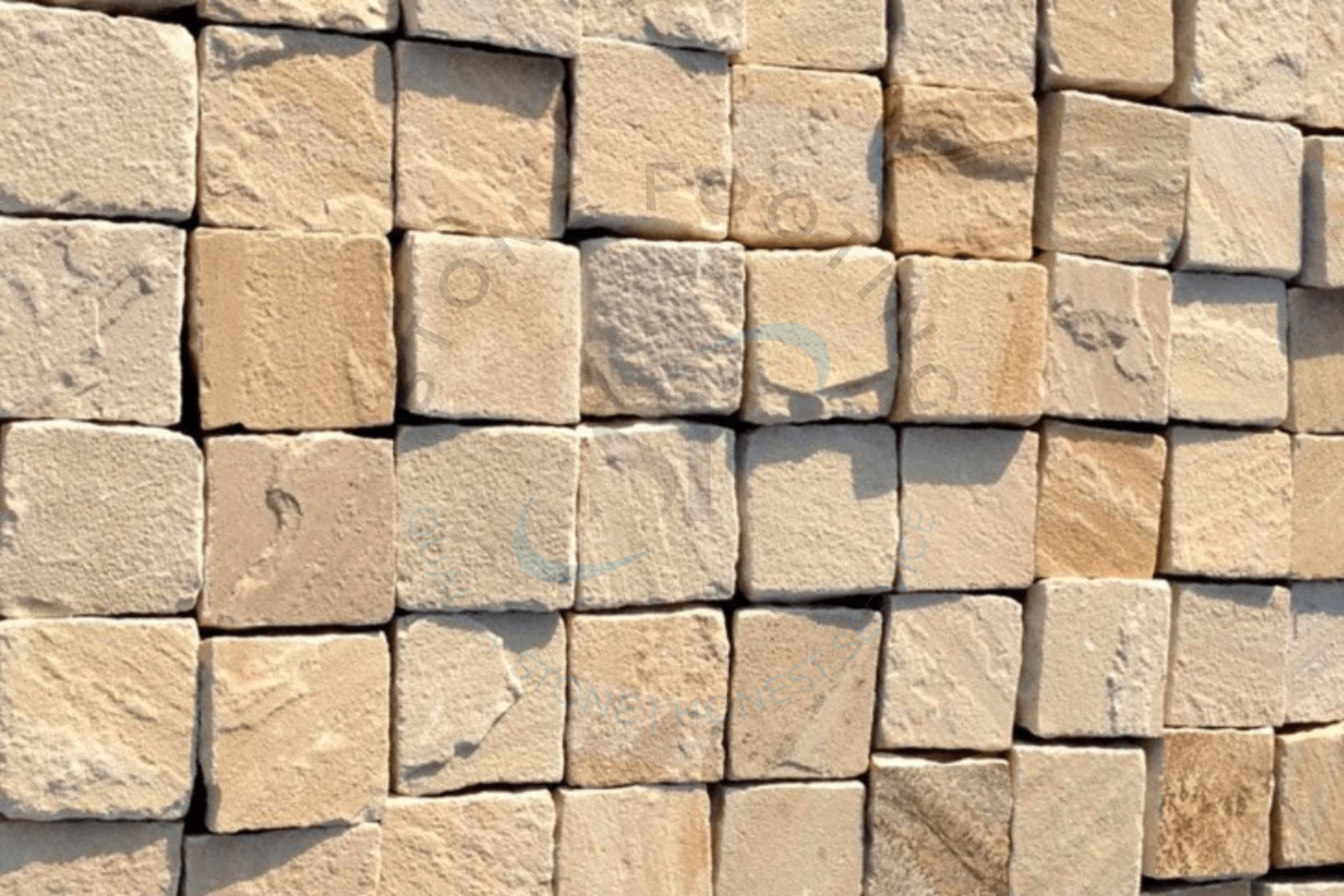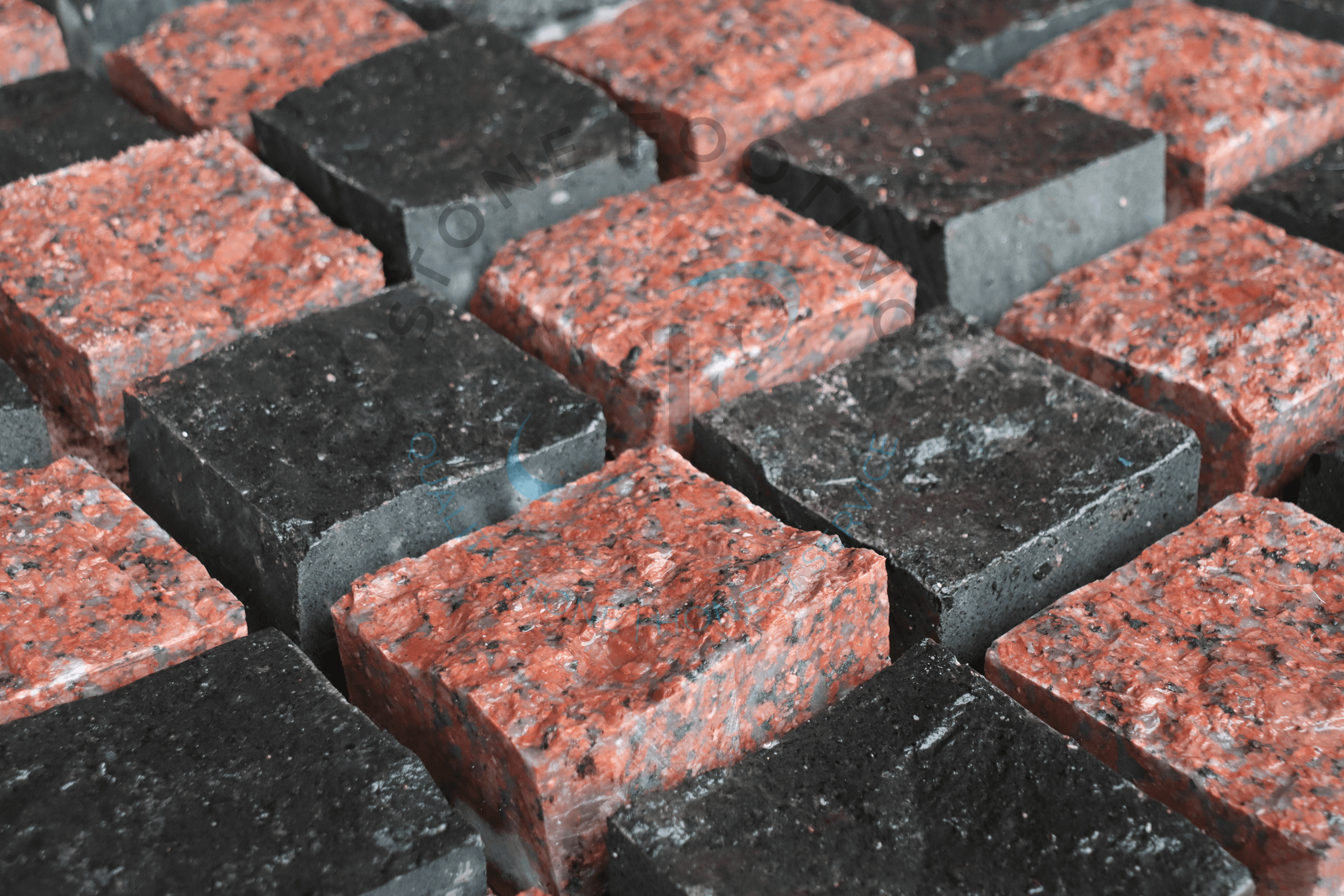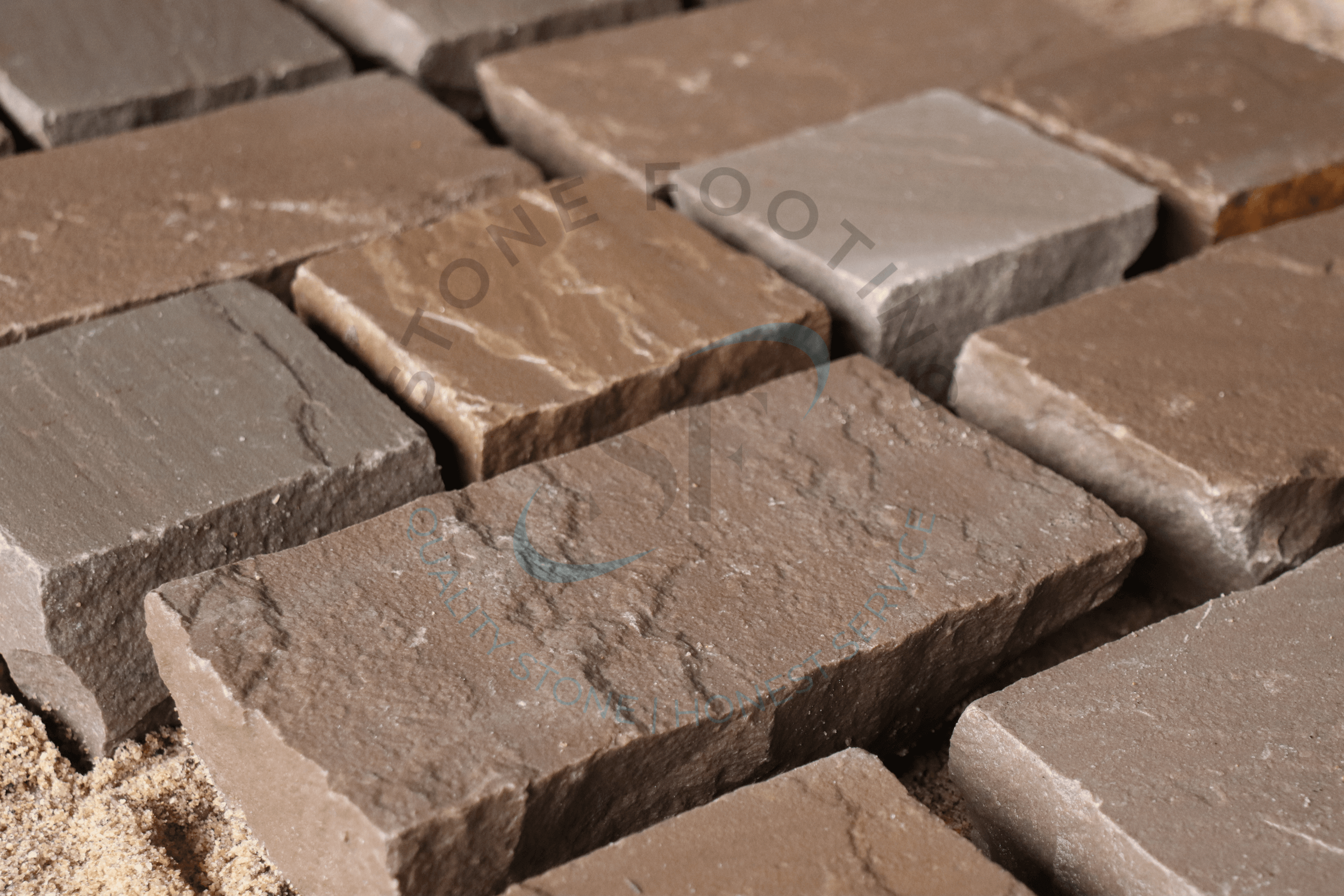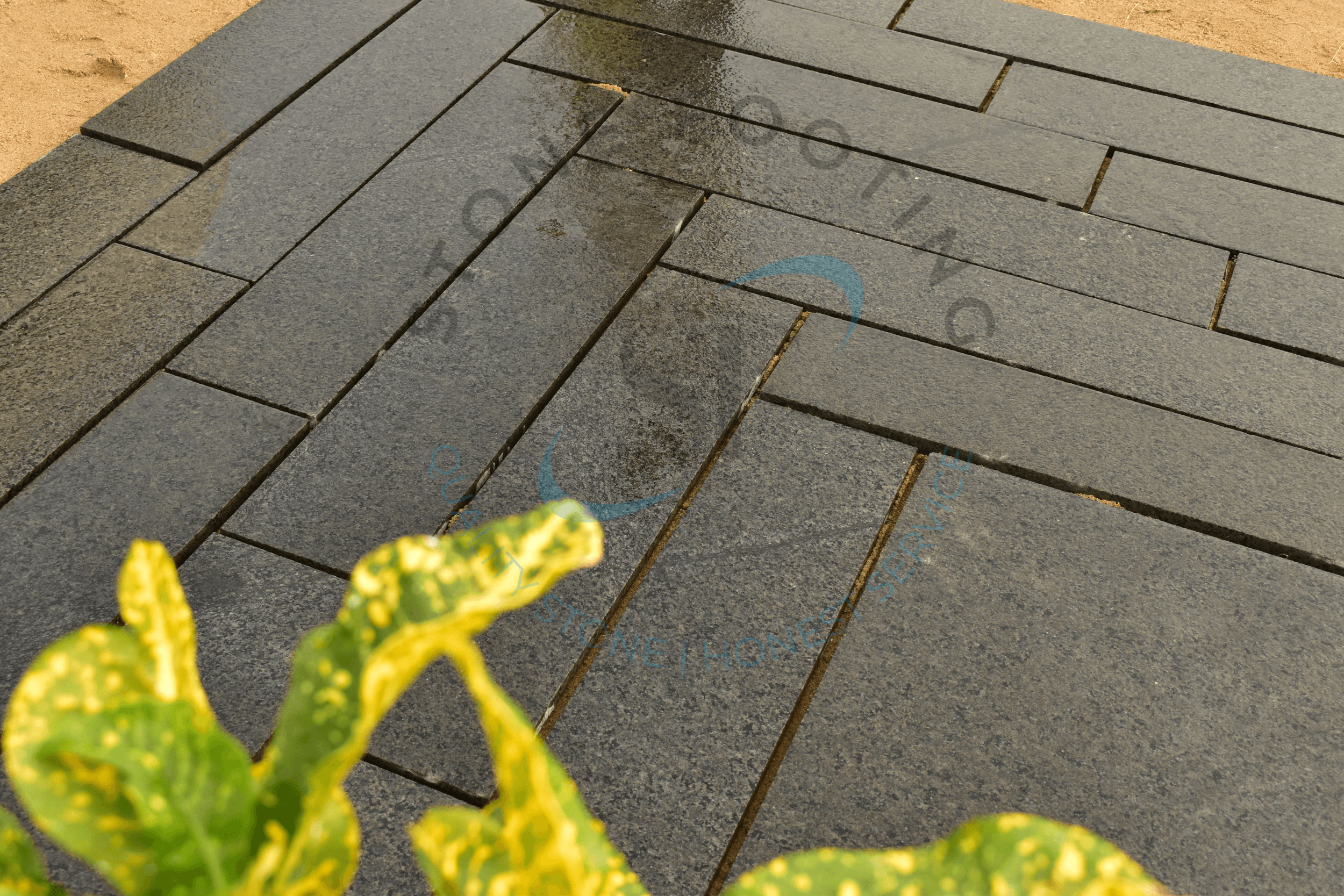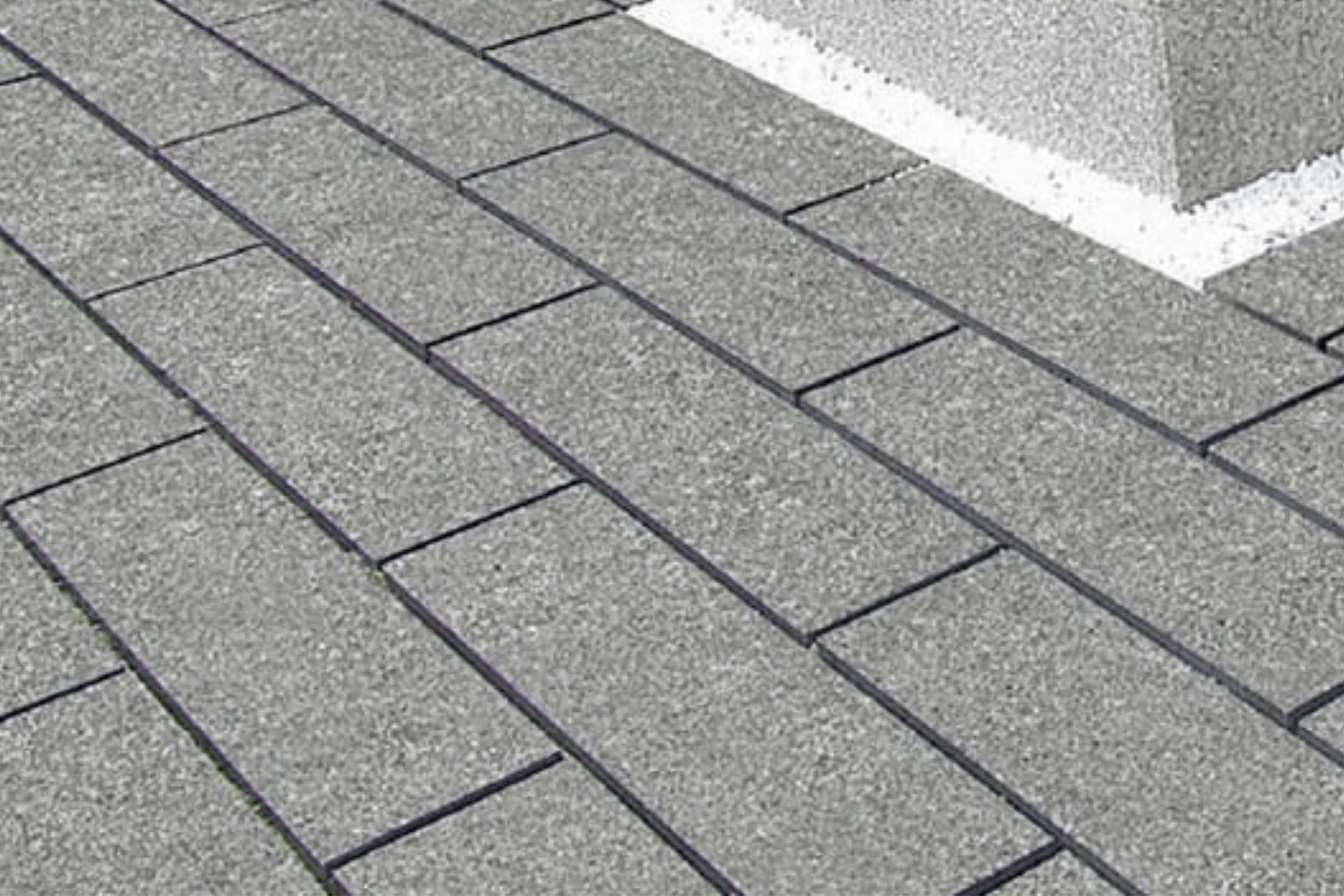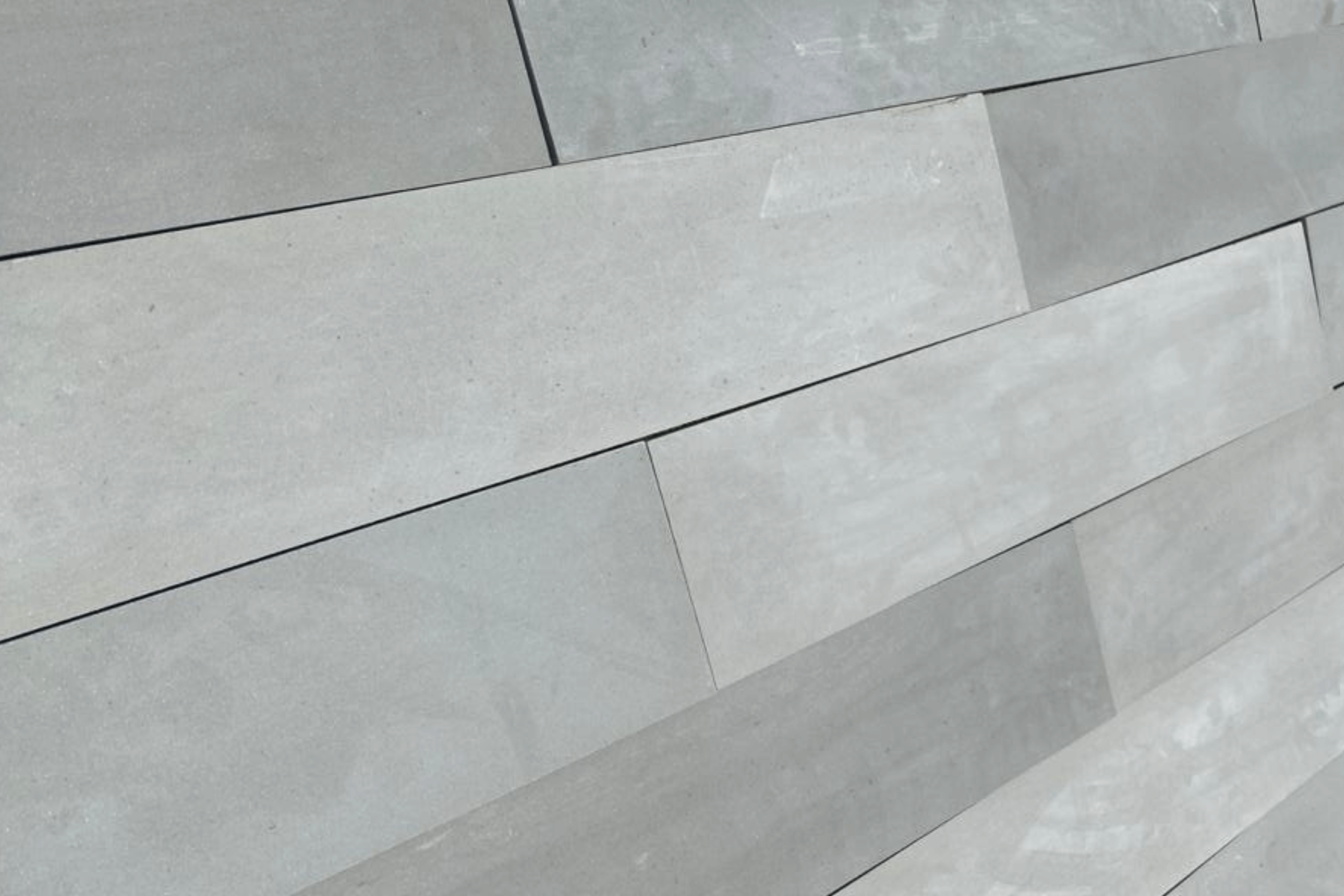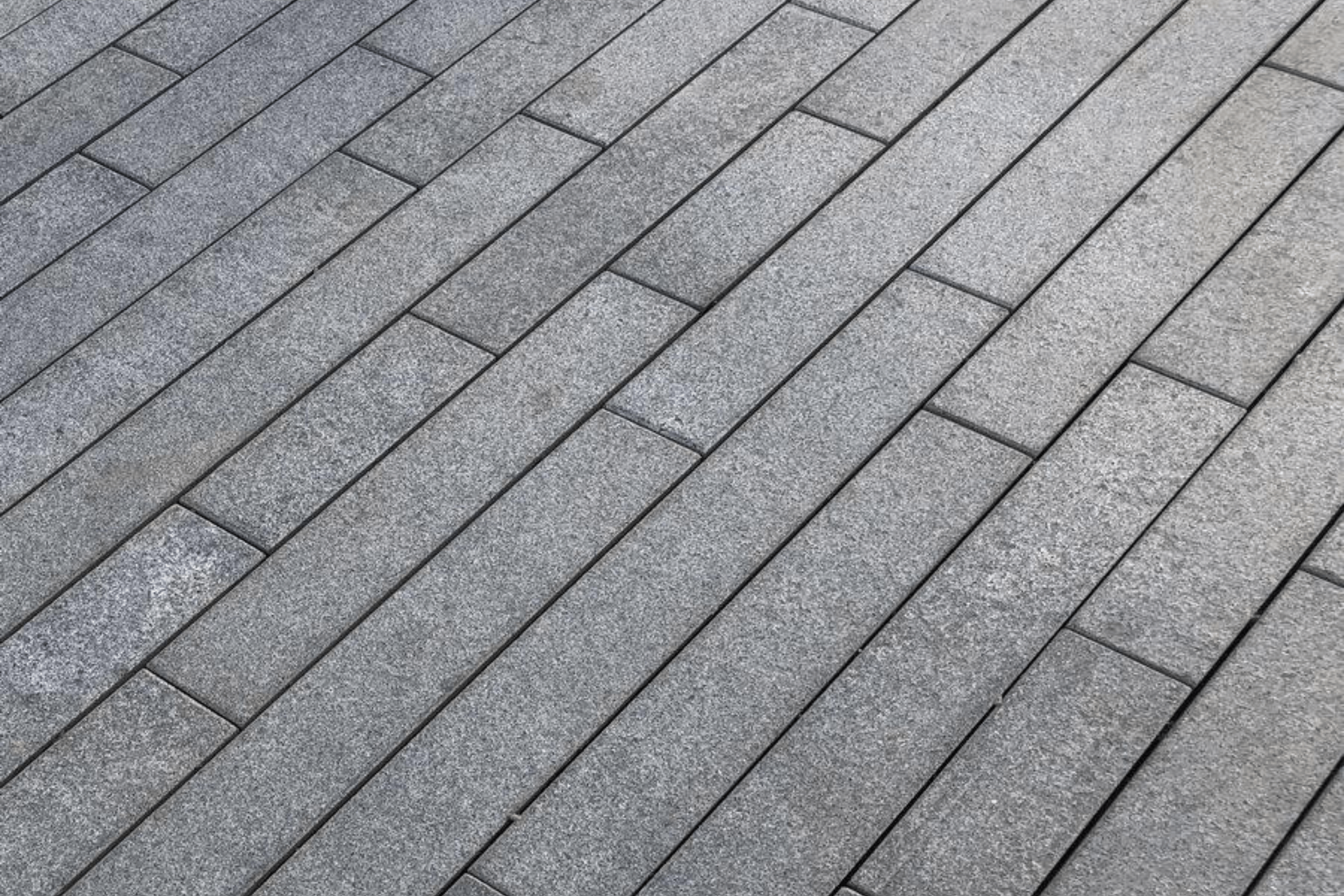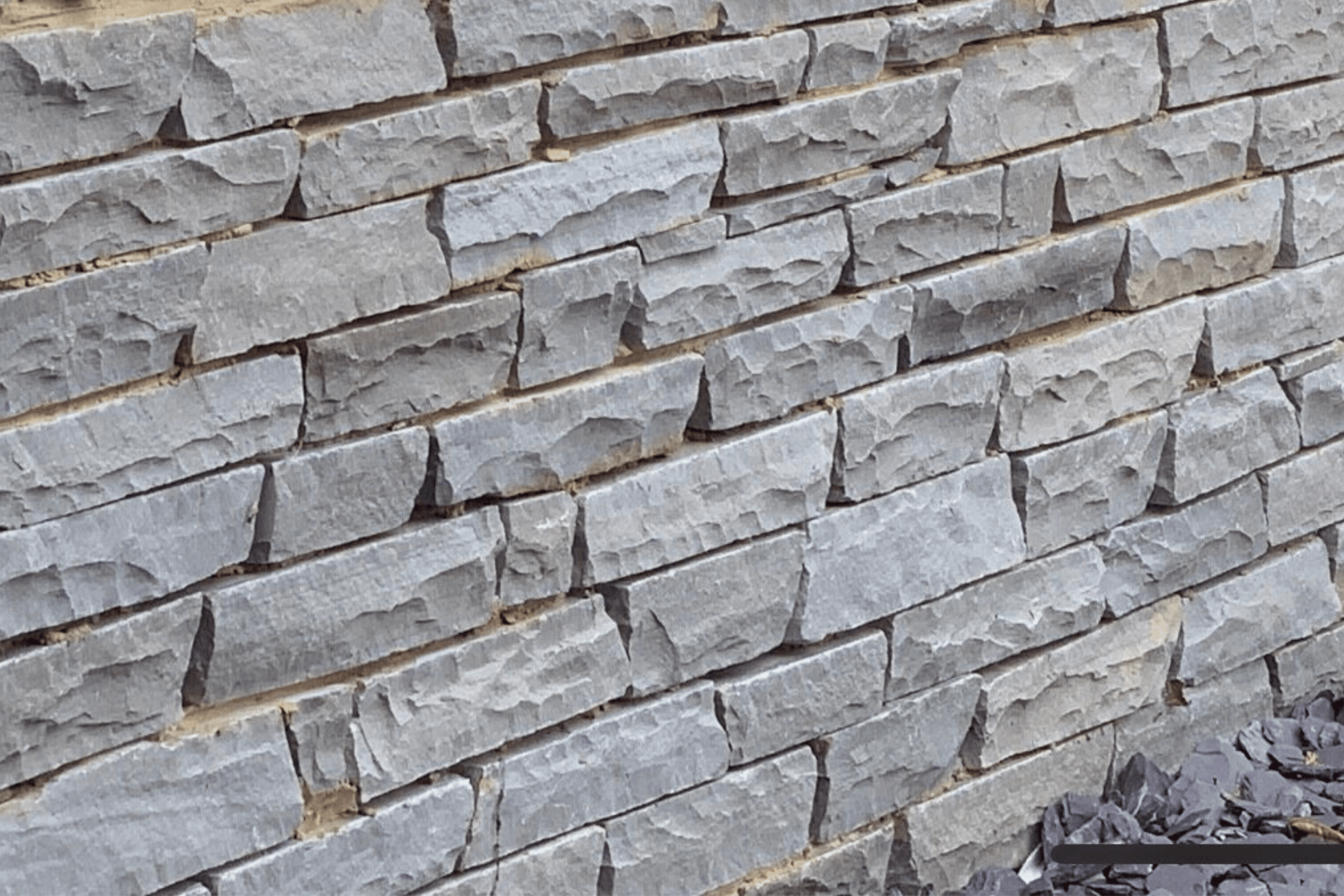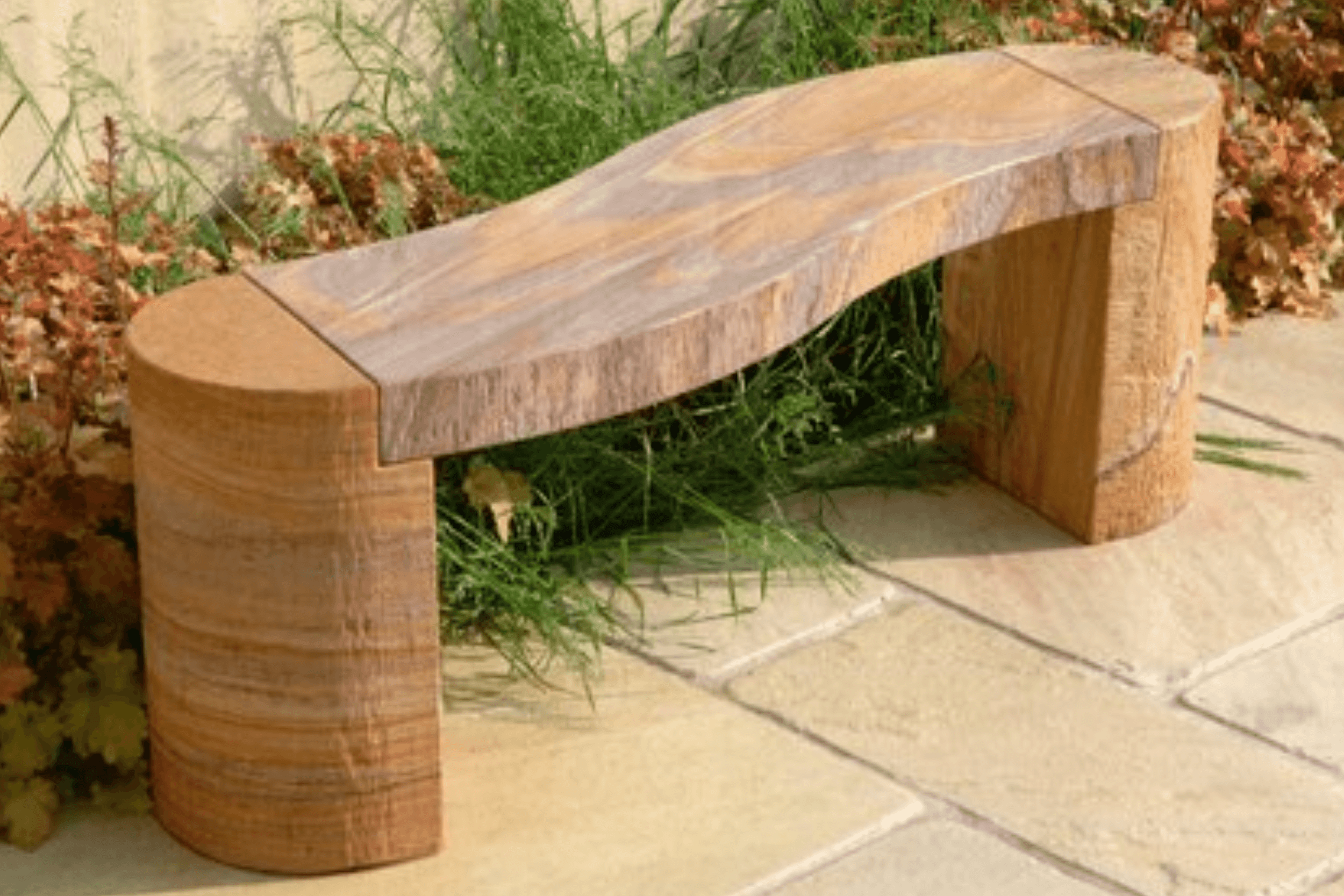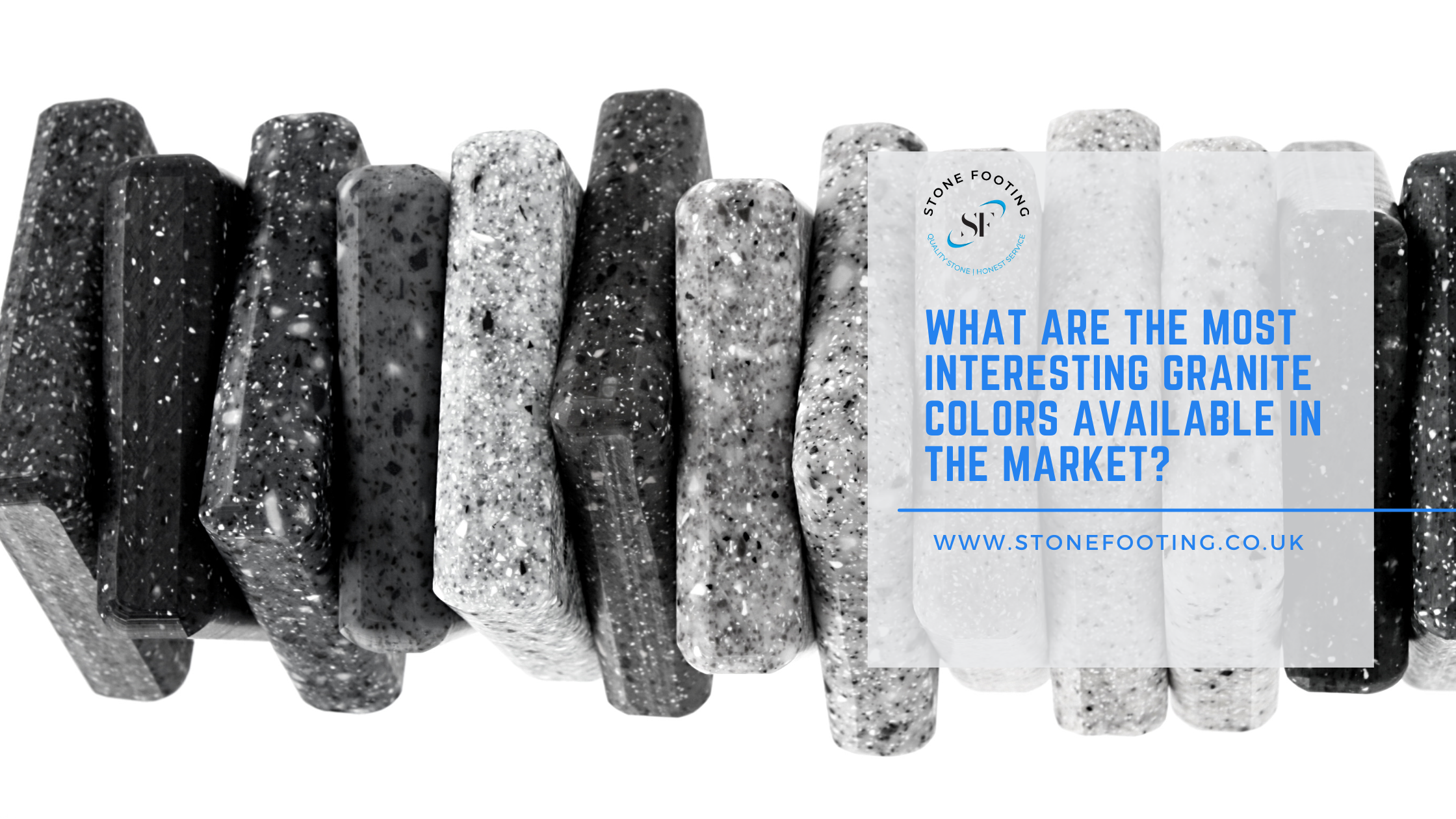Granite countertops are a common way to decorate renovation and business applications. They are the best choice due to their timeless beauty and resistance to heat and damage. Furthermore, Granite is a sedimentary rock that comes in a wide variety of colors. The formation of granite colors is a purely natural process involving several components. This article discovers the color’s availability and how we get so many naturally beautiful variations in the granites we see today!
Besides, Granite color range from white to black to fuchsia, but what causes such variation in a piece of rock category? We’ll look at what causes each granite color combination and what that informs us about its mineralogy and provenance. You may be a novice geologist, simply inquisitive, or seeking new granite countertops. Whatever your purpose, you’ll be astounded by the massive array of distinct granites.
What Determines Granite Color?
Granite is a mineral and rock assemblage composed chiefly of quartz, potassium hydroxide, flake, metamorphic rocks, and essential minerals. Granite comprises 25-70% quartz, 15-60 percent feldspar, and 5-15 percent micas. The minerals that make up Granite also give the distinct granite colors that we observe in various varieties.
Moreover, the proportion of distinct colored elements in Granite is determined by the source of the solidified molten rock to create the Granite. If the molten material has a lot of potassium feldspar, the Granite color is more likely to become salmon pink. On the other hand, if the molten rock has a lot of quartz and the minerals that make up amphibole, you’ll probably obtain the black and white checkered Granite color that you can see on the tabletop.
White Granite
White Granite is a kind of stone predominantly formed of the minerals quartz (creamy white) and feldspar (opaque white). If you encounter an entirely white rock, it is probably not Granite but rather a man-made stone designed to seem like Granite or a quartz (quartzite) countertop.
Black Granite
This is amongst the most prevalent varieties of Granite colors and is frequently used in granite countertops. A mottled black may be made by metamorphic rock (dark brown or black).
Red Granite
Granite with significant quantities of pinkish potassium feldspar can become red. The k-feldspar in these situations is red rather than pink. Iron oxide in refractory granules or inside feldspar can also cause red coloration in Granite. Garnet is another mineral family that frequently gives a rich red hue to Granite.
Green Granite
When sold as green Granite, the stone is frequently a green variant of marble that obtains its green coloring from twisted impurities. It might potentially be a green variant of sandstone that has been misidentified as Granite. Granites are not plentiful in green minerals, but several other geological formations are high in green minerals. The incorporation of amazonite, a green type of feldspar, is one unique approach to get a green tint.
Pink Granite
Pink Granite color contains a high concentration of potassium feldspar. Chalky white rock, black metamorphic rocks, and white feldspar minerals will indeed be intermingled for the same.
Blue Granite
Blue Granite, contrary to popular belief, is not genuine Granite. It might be monzonite, a form of volcanic rock with less than 5% quartz, or anorthosite another igneous rock with a stoneware mineral called blue labradorite but no quartz. It’s adorable, but it’s not genuine Granite.
Gray Granite
The most identifiable form of Granite is scattered grey on white stone, made up of equal parts quartz, amphiboles, and feldspar. This explains the scattered appearance and its relative durability, which makes it ideal for kitchen surfaces.
How Do You Choose the Best Granite Color?
This is a conundrum that possibly everyone who wishes to embellish their homes with this lovely stone confronts. When deciding on a granite color, bear in mind that Granite comes in a variety of mottled tones that might either complement or clash with your cabinets. To prevent a costly decorating blunder, you should harmonize the two materials and all elements and characteristics of your kitchen. Take your time exploring all of your granite color alternatives because there are many to choose from, such as wall color, carpeting, windowsills, and cabinetry colors.
Eventually, the procedures required in matching a countertop with your cabinets and the kitchen’s other existing elements will result in a decision that looks like a profitable investment rather than an expensive catastrophe.
Final Thoughts!!
Granite countertops come in various styles and hues, each with its own atmosphere and appearance to add to your home or office remodeling. Before looking for suitable material for your remodeling project, it is good to know what you want it to look like.
You may complete this lucrative assignment on your own, but contact us for less stress and more precise work. We offer a variety of granite countertops to pick from, and the thickness and edges may be customized.
By calling our help desk now, we can offer you competitive prices for your job and materials. We constantly desire what is best for our clients to get that magnificent appearance in the most cost-effective method possible.
Therefore, if you’re hunting for high-quality natural stone for residential or commercial applications, look no further. Connect with Stone Footing, a natural stone distributor recognised for providing high-quality natural stones.
Frequently Asked Questions
What are the mineral components affecting the colors of the stone?
The many mineral constituents of Granite and their hues are listed below.
Amphibole — dark green or black
Muscovite is a bar of metallic gold or yellow stone.
Biotite is a dark brown or black mineral.
Potassium Salmon pink feldspar
Feldspar is an off-white mineral.
Quartz is a milky white stone.
Which color of granite is by far the most costly in a broad sense?
Red, purple, and blue Granite are the most costly forms of stone in general. Several varieties of blue Granite, such as Azul Aran and Blue Bahia granite, are priced at the top end of the spectrum.
Is marble less expensive than granite?
Marble is more expensive than Granite in terms of pricing. On the other hand, the actual cost is determined by the job’s intricacy, the number of connections and angles, and the type of stone used.

